More than 200 million years ago, the earth ushered in the era of giant dinosaurs. Dinosaurs more than ten meters long and weighing several tons could be seen everywhere. After watching the movie "Jurassic World", have you learned about this creature that once dominated the earth? Below, this theme group will help you learn some interesting facts about dinosaurs.

1. Who dominated before the dinosaurs?
Anomalocaris
Anomalocaris, also known as: Weird shrimp, is a kind of ancient organism found in Cambrian sedimentary rocks in China, the United States, Canada, Poland and Australia. It is the largest known Cambrian animal. More than 500 million years ago, there were no animals on land. However, in the vast and dim ocean, a huge animal with a round and big mouth was undulating and writhing. It was the overlord of the earth at that time.
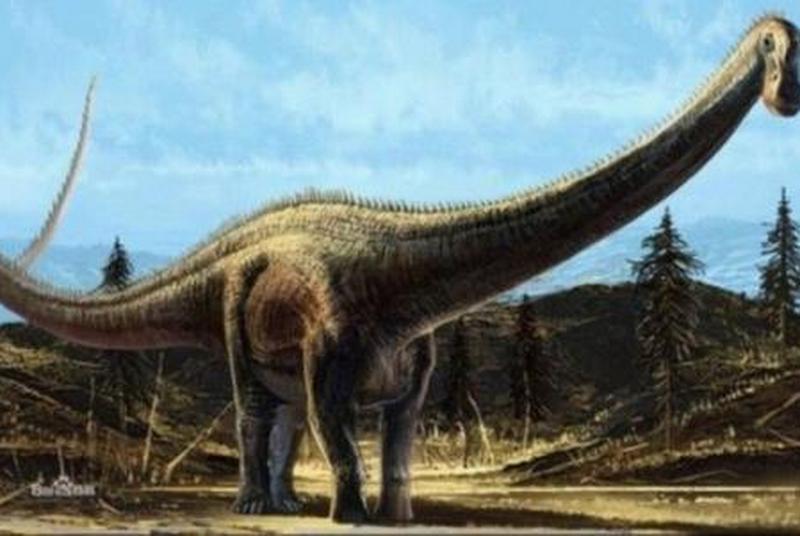
2. The size of dinosaurs
Why are dinosaurs so big?
The sheer size of dinosaurs is a miracle in itself. No land animal before or after them could match them, and it remains unexplained in animal physiology. Some scientists have proposed an environmental theory: It is possible that the carbon dioxide in the environment at that time was abnormally abundant and green plants grew lushly, thus providing sufficient food for the growth of dinosaurs. However, this theory is just conjecture for now.

3. The speed of dinosaurs
If you unfortunately encounter a dinosaur, will running help?
If humans really encounter carnivorous dinosaurs, it will be difficult for humans to escape, because even the bulky Tyrannosaurus can run faster than humans. The speed of human running for more than one hour generally does not exceed 20 kilometers per hour. Even the best athletes have trouble escaping the clutches of dinosaurs.
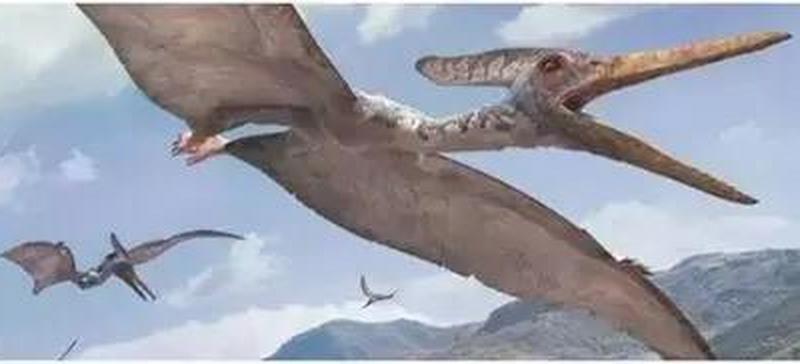
4. The flight of dinosaurs
Why some dinosaurs could fly
Dinosaurs needed to grow more feathers to fly, and also evolved specialized skeletons and muscles to flap their wings. In the past, paleontologists have put forward two hypotheses: "flying down from trees" and "jumping from the ground." The reason why dinosaurs can fly either evolved from the habit of flying down from trees, or evolved from the habit of jumping upward from the ground.
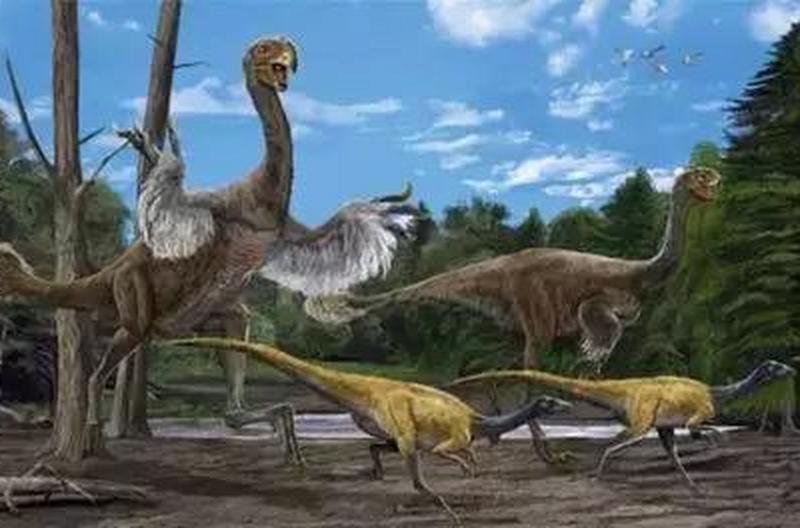
5. Dinosaur Birds
Birds may be living dinosaurs
After the Cretaceous period, which ended 65 million years ago, birds became the only dinosaurs to survive. Some researchers believe that the environmental mutation caused by the asteroid impact on the earth destroyed the dinosaurs in an instant. More people attribute the cause of the mass extinction to a sudden change in climate. Observations of modern birds offer insights into the lives our extinct non-avian dinosaur cousins may have once had, and in particular how they behaved.
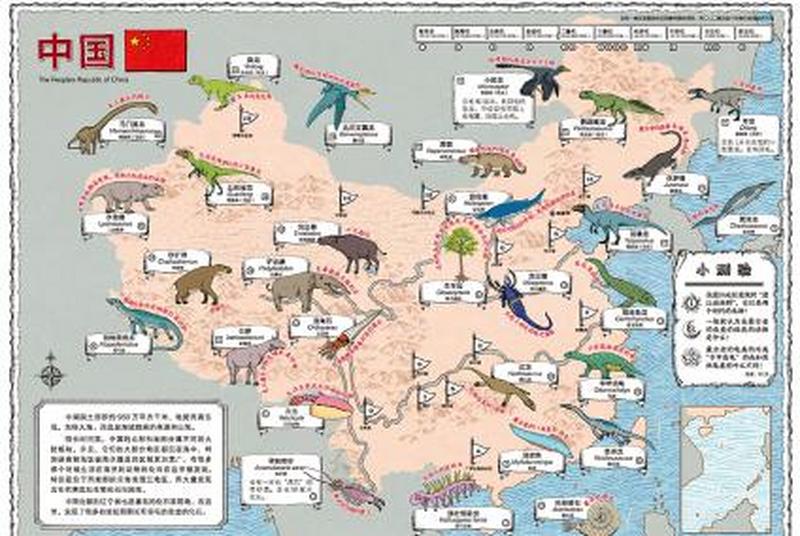
6. Chinese dinosaur
Are there dinosaurs in China?
In China, the search for dinosaur fossils only began in recent decades. But more dinosaur species have been identified in China than in any other country. The site located in Zhucheng, Shandong Province, eastern China, is known as the "Dinosaur Valley", where more than 10,000 dinosaur fossils have been discovered so far. Fossils of Yang's Longfeatheraptor were recently discovered in Liaoning Province. This dinosaur is the largest known four-winged flying dragon and is another big step in the evolution of dinosaurs into birds.
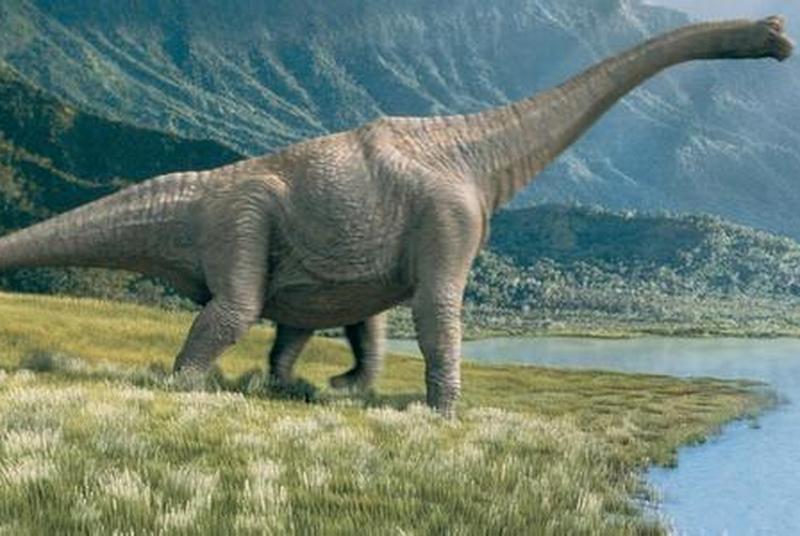
7. Global warming
Global warming could usher in the next "age of the dinosaurs"
Scientists say that if global warming continues, lizards may evolve into giant reptiles like dinosaurs, and the earth may once again usher in the "Age of Dinosaurs." If humans do not control greenhouse gas emissions, in hot and humid areas with sparse human activities in the future, vegetation will begin to grow wildly, and the earth's oxygen content will continue to increase. These will be conducive to large-scale reproduction of reptiles, and their sizes will continue to increase and eventually evolve. It is not impossible for large animals like dinosaurs.
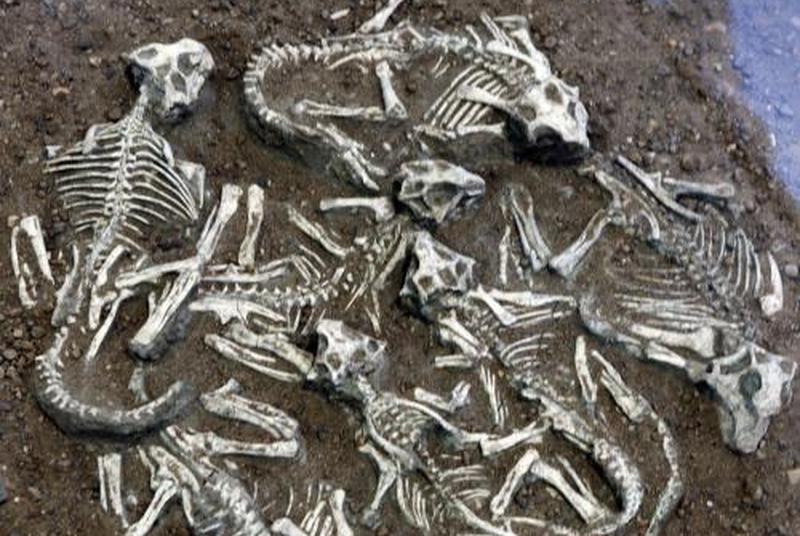
8. Dinosaur fossils
The first dinosaur skeleton fossils recorded by humans
The first dinosaur bone fossil recorded by humans was discovered in a quarry in Oxford, England, in 1677. The discoverer was Professor Robert Plott of Oxford University. Although he did not realize that the fossil belonged to a dinosaur, nor did he even connect it with reptiles, the specimen he recorded in writing and illustrated has been identified by later paleontologists as a species called giant The thigh bone of the dinosaur Odontosaurus.
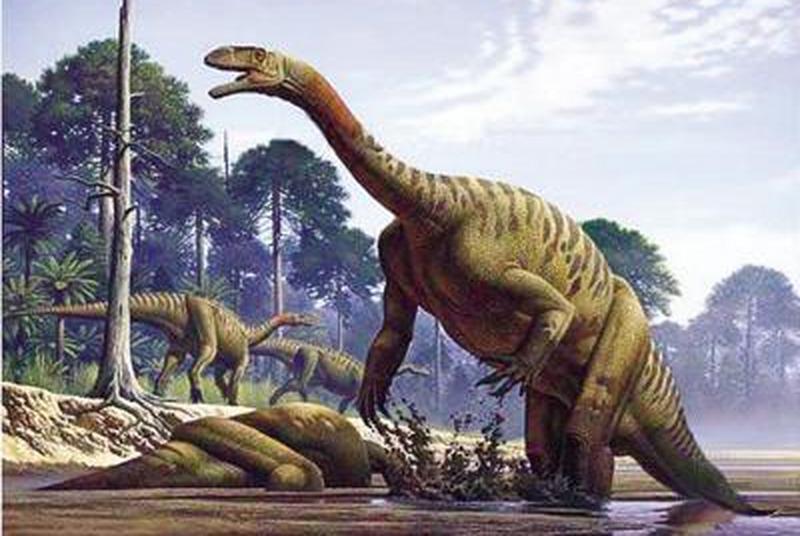
9. Lifespan of dinosaurs
Some dinosaurs can live for 300 years
Paleontologists estimate that the lifespan of large dinosaurs ranged from 75 to 300 years. However, this estimate is based on the fact that dinosaurs were cold-blooded animals. If they are warm-blooded, their lifespan will be shorter, but they can generally live at least 75 years. Medium-sized sauropod dinosaurs are likely to live to be more than 100 years old, and it is not impossible for large seismosaurs to live to be 200-300 years old.
animal tags: Dinosaurs trivia Anomalocaris birds fossils seismosaurs
We created this article in conjunction with AI technology, then made sure it was fact-checked and edited by a Animals Top editor.